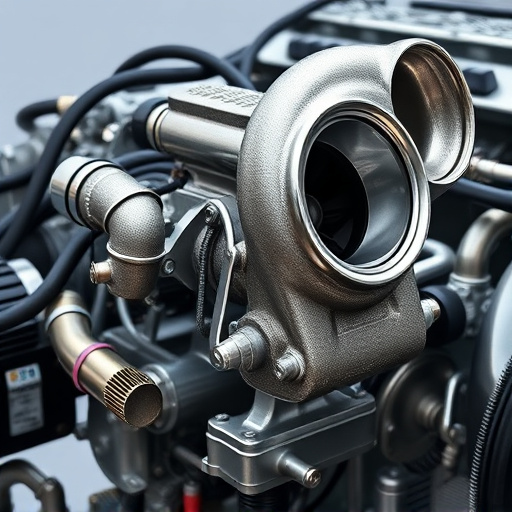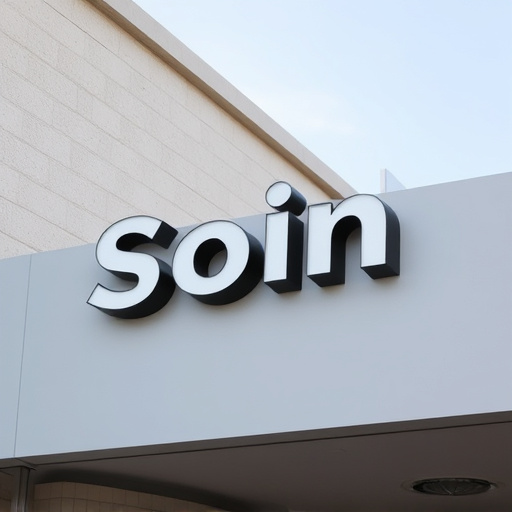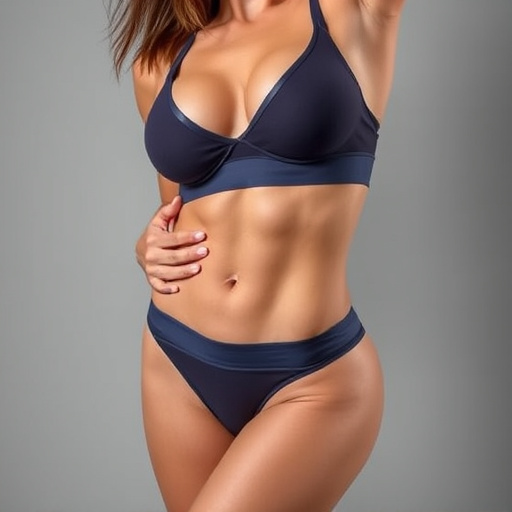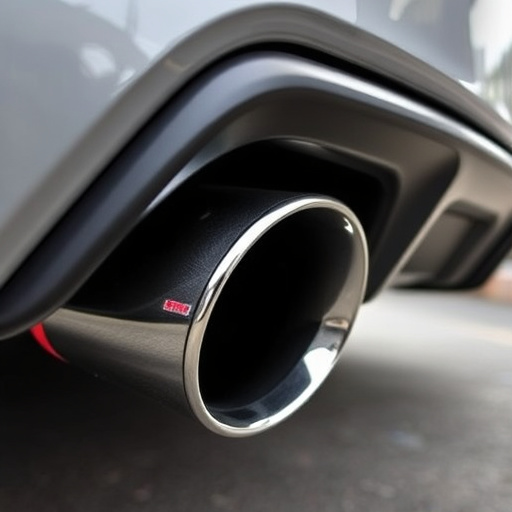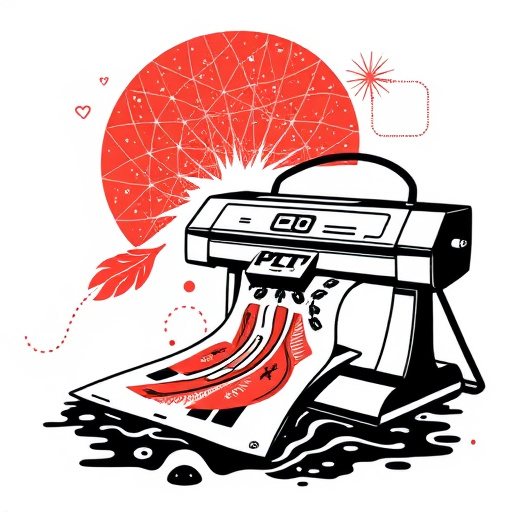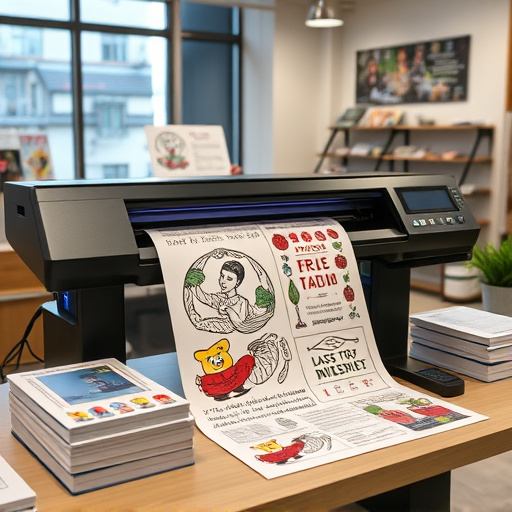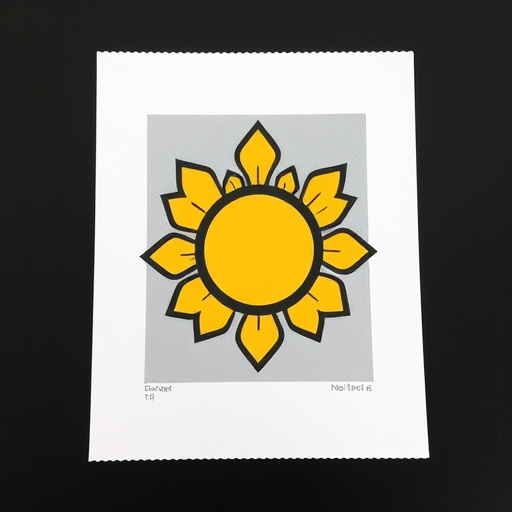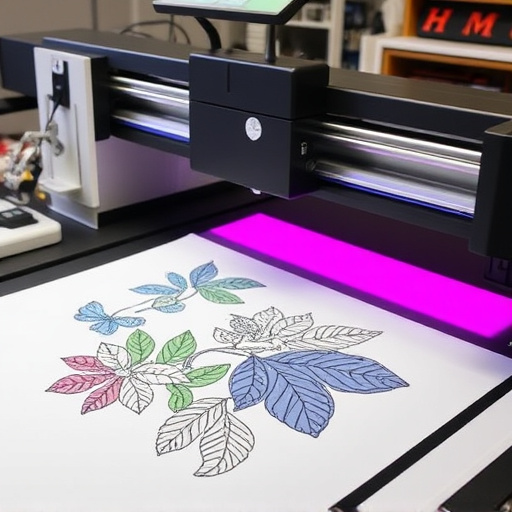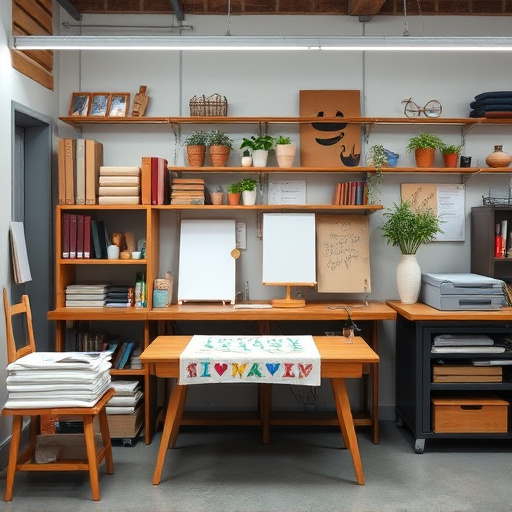Local DTF Printing is a game-changer in apparel design, offering a localized, versatile method to create unique garments using Direct-to-Fabric Transfer printing. This technique allows for precise application of custom graphics on fabrics like cotton and linen, catering to designers producing limited editions or meeting specific market demands. Its adaptability, simplicity, and high-quality results make it an appealing choice, fostering creative edge in the fashion industry while aligning with sustainable practices. By integrating DTG technology, Local DTF Printing offers both creative freedom and efficiency gains, ensuring crisp, accurate prints on compatible fabrics like cotton tees through optimal file formats and equipment maintenance.
Local DTF (Direct to Fabric) printing is transforming apparel design, offering a localized and versatile approach that empowers creators. This cutting-edge technology allows designers to bring unique, intricate patterns directly onto fabric, fostering creativity and sustainability. In this article, we explore the benefits of local DTF printing for the fashion industry, from enhanced design flexibility to reduced waste. We also provide best practices for integrating DTF technology into apparel design workflows, showcasing its game-changing potential.
- Understanding DTF Printing: A Localized Approach to Apparel Design
- Benefits of Local DTF Printing in the Fashion Industry
- Integrating DTF Technology: Best Practices for Apparel Designers
Understanding DTF Printing: A Localized Approach to Apparel Design
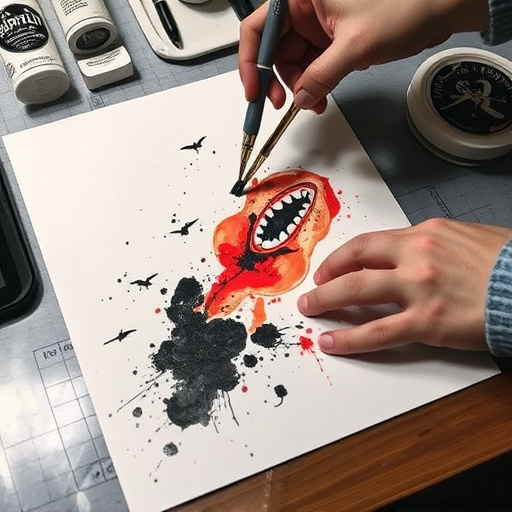
Local DTF Printing emerges as a powerful tool within the apparel design landscape, offering a localized and versatile approach to creating unique garments. This printing method, short for Direct-to-Fabric Transfer, allows designers and manufacturers to effortlessly bring custom graphics onto a variety of fabrics with precision and speed. Unlike traditional printing techniques, DTF Printing is directly applied to the fabric surface, ensuring vibrant colors and sharp details that last.
Its appeal lies in its adaptability; suitable for light fabrics like cotton and linen, it’s ideal for crafting Custom graphic tees and other apparel items. This localized approach streamlines production processes, enabling efficient bulk dtf shirt production without compromising quality. The method’s simplicity and versatility make it a go-to choice for designers seeking to create limited-edition pieces or cater to specific market demands, all while maintaining an independent, creative edge in the fashion industry.
Benefits of Local DTF Printing in the Fashion Industry
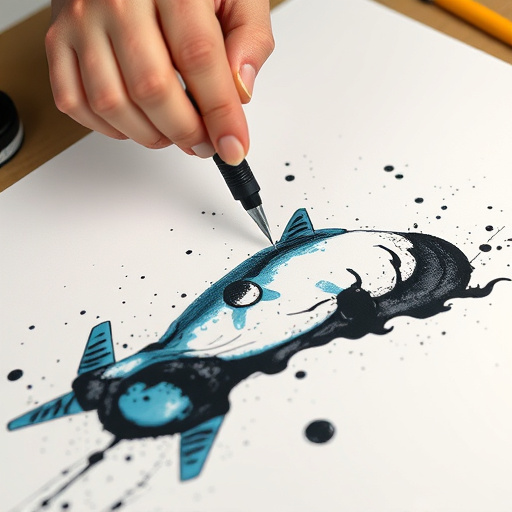
Local DTF (Direct-to-Fabric) Printing has emerged as a game-changer in the apparel design industry, offering numerous benefits that have captivated fashion designers and manufacturers alike. One of its key advantages is the ability to create intricate and personalized designs on a wide range of fabrics with unparalleled precision. This technique allows for the production of unique, limited-edition pieces or small batches tailored to individual customer preferences.
Furthermore, local DTF Printing excels in its versatility, accommodating both light and dark fabrics. Unlike traditional printing methods that might struggle with darker tones, DTF transfer sheets are specifically designed to ensure vibrant and precise colors on various materials, including cotton, linen, and even synthetic blends. This capability has opened doors for designers to explore creative patterns and graphics, making their collections stand out in a competitive market while also enabling efficient production processes and reducing waste, which is essential for sustainable fashion practices.
Integrating DTF Technology: Best Practices for Apparel Designers
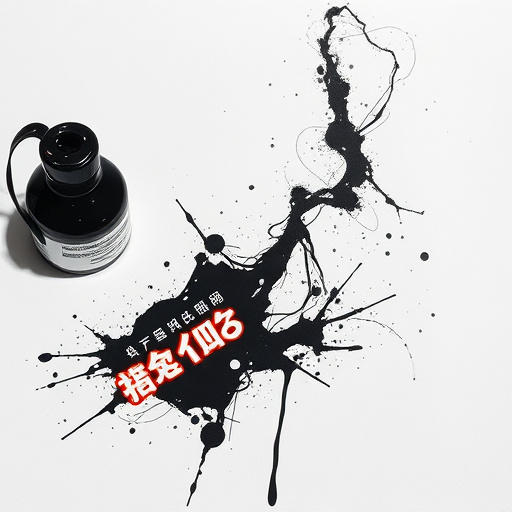
Integrating Direct to Fabric (DTF) Technology into apparel design workflows offers a range of creative possibilities and efficiency gains. For designers looking to embrace Local DTF Printing, best practices involve understanding fabric compatibility. DTG printing excels on light, absorbent fabrics like cotton tees, allowing for vibrant, detailed prints. However, it’s crucial to avoid using it on rough or non-absorbent materials, as this can lead to poor ink adhesion and print quality issues.
Designers should also optimize their file formats and resolutions to ensure smooth transfers. Using high-resolution graphics and ensuring proper color profiles guarantees crisp, accurate prints. Additionally, investing in top-quality DTF printers and inks is vital for achieving consistent results. Regular cleaning and maintenance of equipment further enhances print longevity and quality, making it a reliable option for apparel design and production.
Local DTF printing has emerged as a game-changer in apparel design, offering a tailored and efficient approach. By embracing this localized technique, fashion designers can enhance their creative process, reduce time-to-market, and provide unique, personalized garments. The benefits are clear: from cost-effectiveness to the ability to cater to diverse customer preferences, local DTF printing ensures a competitive edge in the industry. With its versatility and precision, this technology is set to continue shaping and revolutionizing the way we design and produce apparel.


